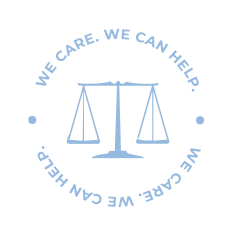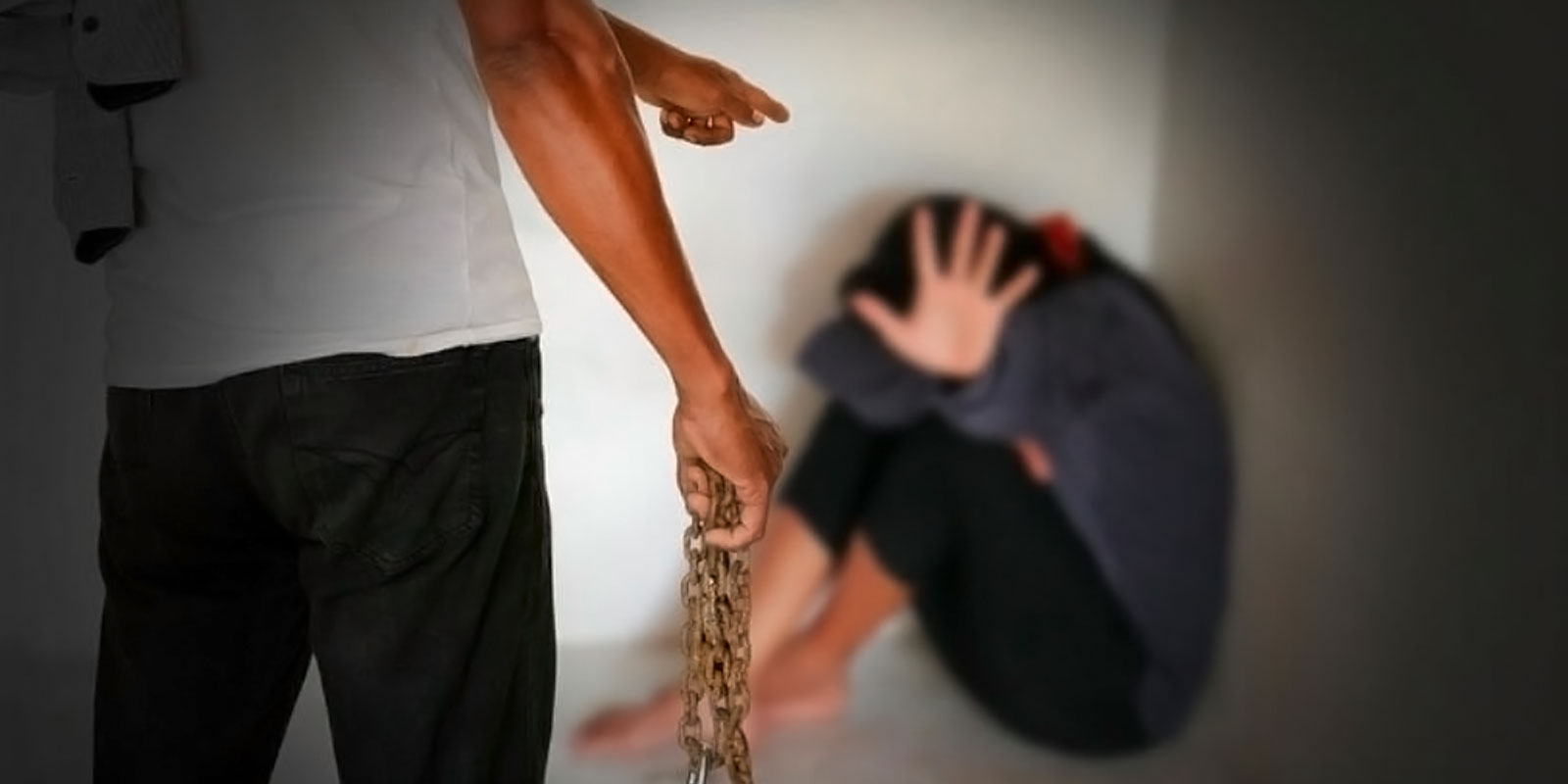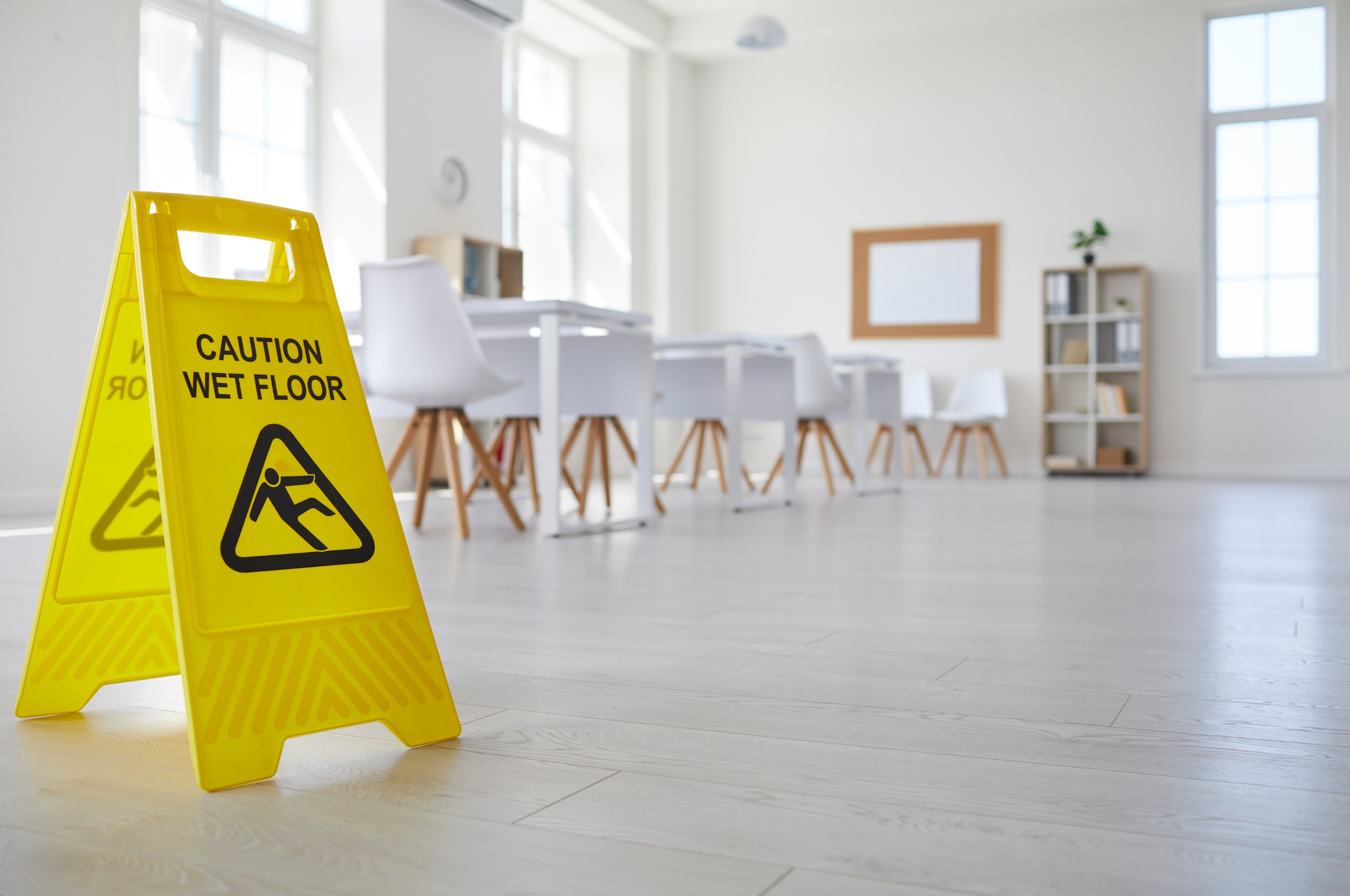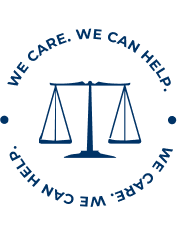National Prescription Drug Take Back Day is a convenient and responsible means of disposing of unused prescription drugs in a safe environment. The event provides an opportunity for Americans to participate in the prevention of drug addiction and overdose.
RX Take Back Day is a coordinated effort by organizations and law enforcement agencies to collect unused drugs. Thousands of events occur simultaneously across the United States, typically in April and October. The program has been around since 2010 when Congress formally recognized the public safety concerns of controlled substances.
Why are Drug Take Back Programs Important?
Often unused prescription drugs find their way into the wrong hands. The misuse of prescription drugs can carry dangerous and long-lasting consequences on society and individuals. According to the 2016 National Survey on Drug Use and Health, approximately 11.5 million people misused pain relievers and almost 3 million misused prescribed psychotherapeutic drugs. Further, 53 percent of those who misuse prescription drugs receive the drug from a friend or relative.
It’s no secret that prescription drug abuse is on the rise. In fact, the DEA considers unused and expired medication as a public safety issue. The Federal Drug Administration says that drugs should immediately be disposed of when they are no longer needed. This helps reduce the chances for others to intentionally misuse unused medication. The best options for drug disposals are:
- Drug Take Back Programs
- Mixing the drugs in with undesirable contaminants such as used coffee grounds, dirt or cat litter
Each year, take back programs bring in almost 1 million pounds of expired or unused prescription medication. Since the fall of 2010, the DEA says that it has collected 10,878,950 pounds of prescription drugs.
Flushing potentially dangerous drugs
The FDA has moved away from recommending flushing drugs because of concerns about impacts on the environment. However, the agency does recommend flushing what it considers potentially dangerous drugs. The FDA recommends this as an option only when there is not a drug take back program readily available. However, the agency recognizes that impact of doing this on the environment. For this reason, it doesn’t recommend flushing all drugs. Instead, the agency has a list of specific medications to consider flushing when there are no other options available.
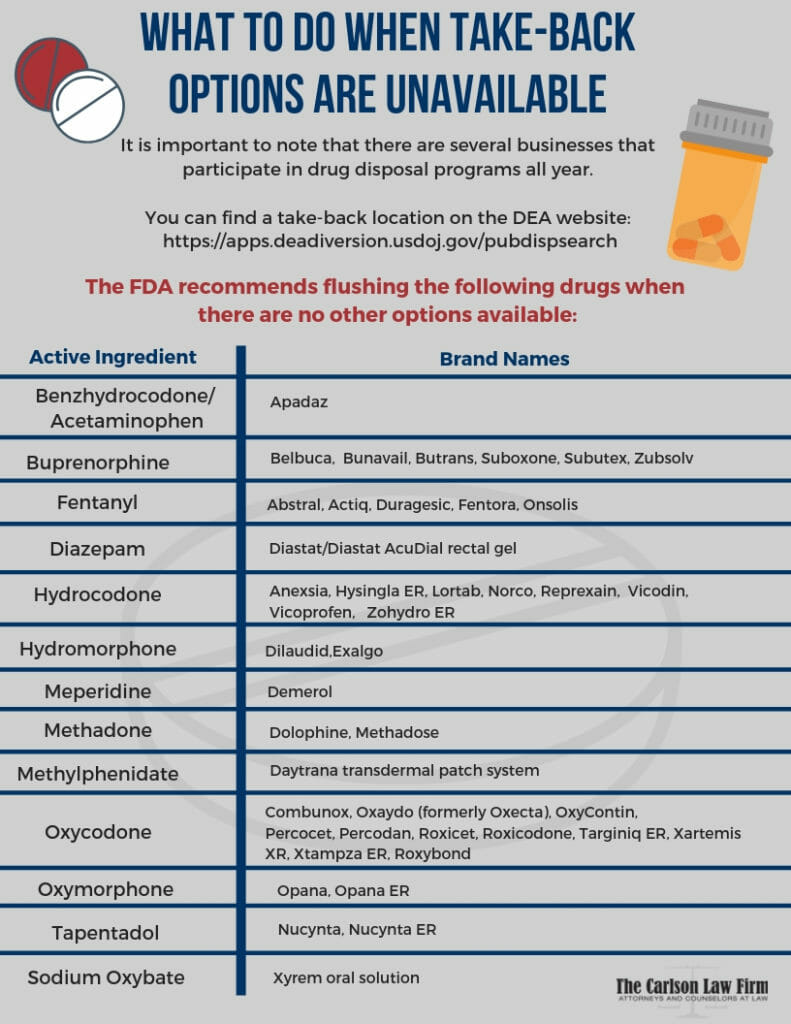
No matter which method of disposal you choose, the DEA recommends you scratch out all identifying information on the prescription bottle.
The Dangers of Unused Prescriptions
The group most affected by prescription drug abuse are young adults between the ages of 18 to 25. In homes across the country, young people have access to unused medications in their parents’ or grandparents’ homes. In fact, for many teens, prescription or over-the-counter medications is their first introduction to getting high.
For example in Texas, approximately 20 percent of high school students report using prescription drugs without a doctor’s prescription.
In addition to intentional misuse, there is the possibility of younger children may find the drugs and put them in their mouths.
Why don’t people take all of their medications?
There are several reasons why a person may not take all of their medication. In many cases, it depends on the type of condition the medication is treating.
For example, for chronic conditions, such as diabetes or high blood pressure, a patient may stop taking prescribed medication because the side effects are too severe. While other patients who underwent surgery or a dental procedure find that they don’t need to take all of their prescribed pain medication.
Another reason people may stop taking medication is that they find out that the drugs are defective. Defective drugs can cause severe adverse effects that can lead to life-altering consequences, including death.
In any event, when these drugs are left to sit in medicine cabinets, they are a clear and present risk to anyone in the home may view the drugs as a good time or quick fix to an ailment.
Most common unused prescription drugs
The majority of prescription medications commonly left unused are:
- Pain relievers (15 percent)
- Hypertension Medication (14 percent)
- Antibiotics (11 percent)
- Psychiatric (9 percent)
Of the unused drugs, 9 percent were flushed down the toilet, 11 percent were disposed of via drug take back programs, 14 percent were thrown in the trash and an alarming 55 percent were left in cabinets.
Expired prescription drug effectiveness
In many cases, prescriptions carry a use-by date. This date is typically a year from the time the pharmacy filled the patient’s prescription. While this may give the illusion that a drug’s potency fades over time, this isn’t necessarily true. For example, a study by the FDA shows that more than 90 percent of drugs, both prescription and over-the-counter held their potency 15 years after the expiration date.
By law, drug manufacturers are required to stamp an expiration date on their products. All this date means is that this is how long the manufacturer can guarantee a drug’s potency and safety.
Because very few people realize that drugs can remain potent well past their expiration date, they may take more than the needed amount. As a result, this can lead to an overdose. The best thing you can do to protect your family is to get rid of expired drugs to prevent overdose and addiction.
Law Enforcement Involvement in Take Back Days
It is illegal for a person to be in possession of a prescription drug that a doctor did not prescribe to them. While businesses, schools, churches and other organization can organize a Take Back Day event, an officer must be present. An officer from the following agencies can perform the duties needed at a take back event:
- Federal Drug Enforcement Agency (DEA)
- Local police officer
- Sheriff’s deputy
- Department of Public Safety officer
In addition, these officers can only serve in as the official law enforcement official role at the take back event if the event is held within their jurisdiction.
Proper Drug Disposal at Take Back Events
Drugs turned in at National Prescription Drug Take Back Day events must be properly disposed of in accordance with the law. Typically, disposal occurs through incinerating the drugs. Because of the potential negative impact on the environment, the Environmental Protection Agency recommends that disposed medication goes through government-approved incinerators. These incinerators must have air permits. Additionally, incinerating the drugs prevents any drug diversion from occurring.
The responsibility for ensuring proper drug disposal depends on the agencies involved.
- If a group partners with the DEA, the DEA assumes all responsibilities and costs for medication disposal.
- When partnering with a law enforcement agency, the agency is responsible for disposing of medication within accordance of the law. This is largely the safest disposal method for the environment. Incinerators must have air permits.
- Take back organizers may pay a company to incinerate collected medication.
If you miss a drug take back event, the DEA also provides a database of disposal locations that will take unused medications all year long.
The Carlson Law Firm Handles Dangerous Prescription Drugs Cases
As the opioid crisis grows, our firm is committed to ensuring the safety of communities across the country. At The Carlson Law Firm, we support any effort to remove dangerous drugs from the home. As product liability attorneys, we’ve seen the effects of dangerous drugs. It is necessary that everyone does their part in reducing access to these dangerous drugs.
Suffering ill effects after taking a prescription medication can mean you or a loved one has a valid claim against a manufacturer, pharmacy or prescribing physician. Contact The Carlson Law Firm to discuss your legal options.
